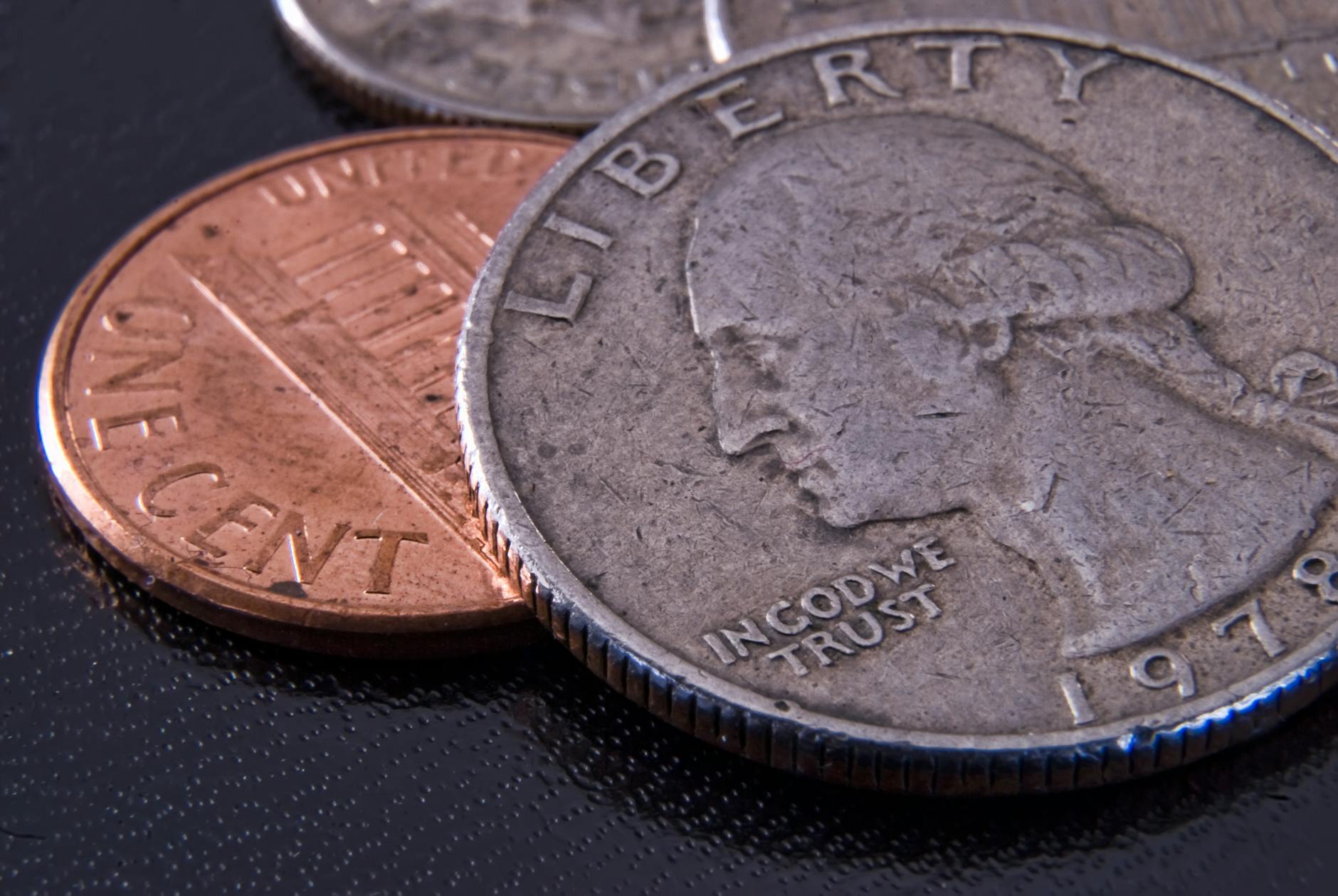Prepare for a monumental shift in your pocket change! A quiet but profound change has recently swept through the nation’s financial landscape, marking the conclusion of an era that has spanned over two centuries. The beloved one-cent coin, a familiar staple in wallets and piggy banks alike, has officially ceased production. This groundbreaking decision signals the historic end for a humble piece of currency that has played a pivotal role in daily transactions, igniting conversations about its legacy and the future of small denominations.
A Historic Farewell to a National Icon
In a moment of significant historical importance, the final batches of the familiar copper-colored coin have rolled off the presses at the nation’s primary coining facility. This recent cessation of manufacturing brings an official close to the remarkable run of the 1-cent piece, a coin that has witnessed and facilitated countless transactions since its inception. For generations, this small denomination has been more than just currency; it has been a symbol of affordability, a lucky charm, and a foundational element of everyday commerce. Its departure from active production heralds a new chapter in the nation’s monetary story.
Two Centuries of Legacy: What Led to This Decision?
For well over 200 years, the one-cent coin held its ground as an integral part of the financial system. Introduced to the nascent nation’s economy centuries ago, it has persisted through wars, depressions, and periods of immense technological advancement. The decision to halt its ongoing creation reflects evolving economic realities and the increasing costs associated with producing currency that often costs more to mint than its face value. This move, while perhaps anticipated by some, marks a definitive turning point, inviting reflection on the changing value and utility of physical cash in a progressively digital world.
Unexpected Ripple Effects: From Collectors to Local Economies
While the long-term implications of this monumental change will unfold over time, immediate effects are already surfacing. Avid coin collectors are undoubtedly recognizing the elevated historical significance of existing 1-cent pieces, potentially impacting their future market value. Beyond collectors, even local enterprises are feeling the pinch. For instance, one unique business undertaking a creative floor design project, which ingeniously utilized thousands of 1-cent coins, suddenly faced an unforeseen obstacle. The sudden halt in production created an immediate scarcity, posing challenges for the completion of their intricate, coin-based artwork. This scenario highlights how deeply embedded even the smallest denomination can be in unexpected corners of the economy and culture.
The definitive end to the regular production of the 1-cent coin marks a truly historic moment, concluding a centuries-long chapter in the nation’s financial narrative. As existing coins slowly disappear from circulation, their legacy as a cornerstone of commerce and a unique cultural artifact will only grow. This pivotal decision sets the stage for new discussions on currency design, economic efficiency, and the evolving role of physical money in our daily lives, ensuring that while the penny may no longer be minted, its impact will certainly resonate for years to come.

Leave a Reply